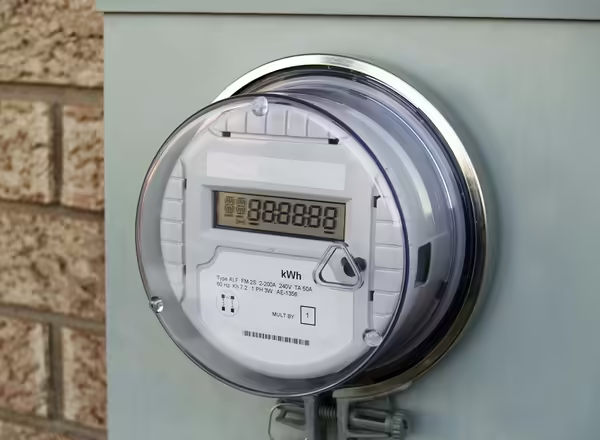
Estimate System Size and Cost
Before you talk to a solar installer, it can be helpful to assess your home’s energy usage, determine what percent of your energy usage you would want your panels to generate, and determine a basic cost estimate. How do I wade through all the information from solar companies about how many panels I need and how much it will cost? Start your home solar journey by looking at how your household uses energy, and what your home’s solar needs are. Learn if solar is right for your home from Safe Electricity.

- Find out your home’s energy use. Look at your energy bill’s kWh usage for the past 12 to 24 months and calculate an average monthly usage.
- Can you reduce your energy use prior to installing solar? Are there energy efficiency improvements that you could make prior to installing solar panels to reduce your annual energy usage? Check out our energy efficiency tips.
- Choosing between grid-tied and stand-alone. Grid-tied solar systems are connected to the electric grid so that when your solar panels are not generating electricity, you can draw electricity from the grid. They are typically more cost effective and easier to manage than a stand-alone system. This also means your solar panels do not need to generate 100% of your home’s energy usage. Making your generation goal between 50-75% of your annual electricity usage is a good place to start, since electricity usage varies by season and time of day.
4. What does kW mean? While we often talk about energy usage in kilowatt hours, solar systems are sized in kilowatts, or kW. There is a simple formula you can use to size your system.
System size (kW) X Peak sun hours in a day X # of days in a year X Reduction of panel efficiency = Annual kWh to be generated by panels to meet your goal
- In Illinois, the number of peak sun hours in a day ranges between 4 and 4.5 hours. Use a solar irradiance map to find this number
- Set the rate of panel efficiency reduction over time at 0.80, taking into account a 20% reduction in efficiency over the lifetime of the panels, along with accounting for temporary shading from clouds and snow build up, and lowered performance on very hot days
- Multiplying your home’s annual average kWh by your percent generation goal will give you the annual kWh to be generated by your panels
- Plug these numbers into the formula and solve for system size (kW)
5. Do you have enough space on your roof? Now that you know what size system you want, you need to make sure it will fit in your desired location. For a roof-mounted system, you can use the PVWatts Calculator tool to see if the size system you want will fit on your roof. This tool allows you to draw out the available roof space on your house to provide you with the size system that will fit on your roof.
6. How can I get a rough cost estimate? The 2023 cost benchmark for solar systems is $3.16 per watt generated by your system. This is a good estimate of how much your solar system will cost per watt. Converting to kW, you can estimate spending about $3,160 per kW of your system. Make sure to request quotes from multiple companies because installation costs can vary.